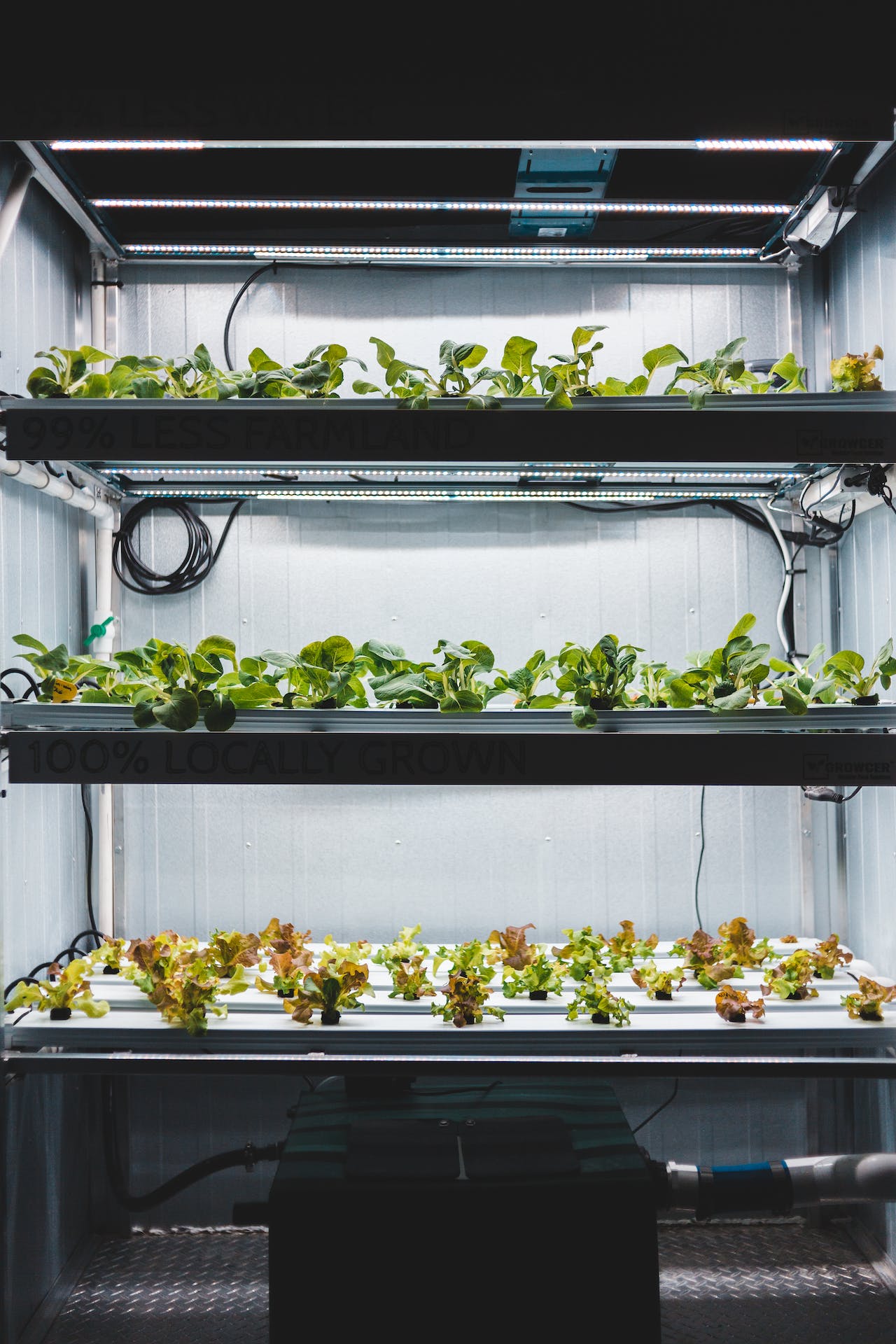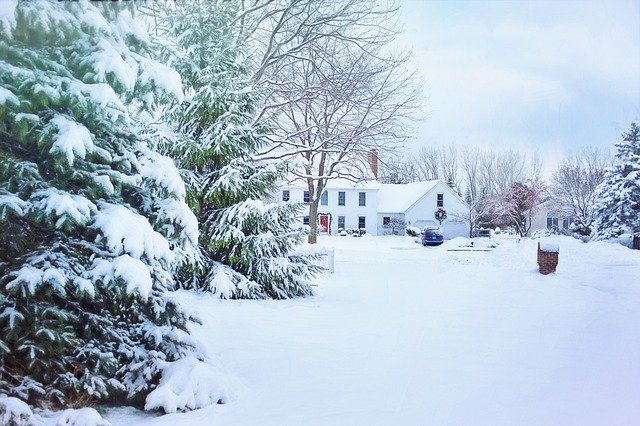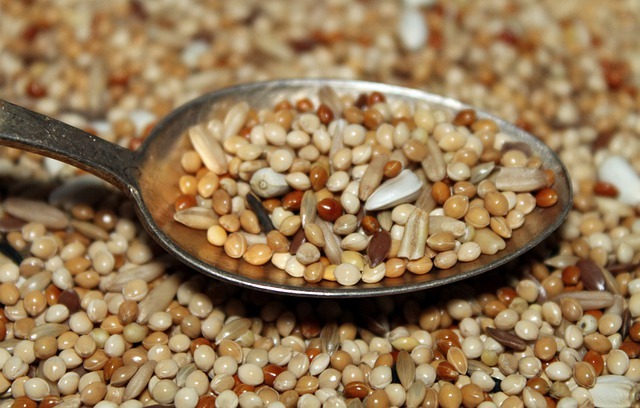The Best States for Homesteading: Where to Start Your Journey
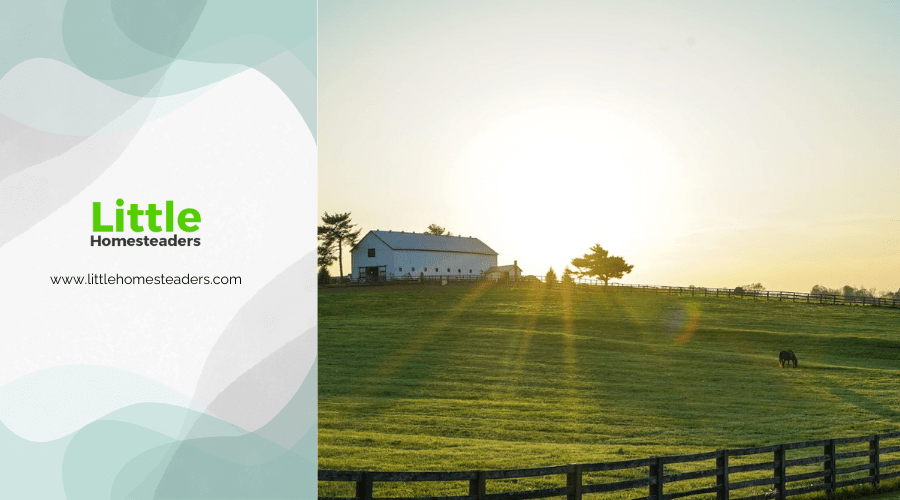
Imagine waking up to the sounds of birds chirping instead of traffic noise, tending to your own vegetable garden, and living a life free from the chaos of urban hustle. Homesteading offers all of this and more—a chance to embrace self-sufficiency and reconnect with nature. But where do you start?
Choosing the right state is the first and most important decision in your homesteading journey. Climate, land costs, legal frameworks, and natural resources all play a role. Some states stand out for their homesteading-friendly conditions, and this guide will walk you through the best ones to consider. Let’s find the perfect place for your sustainable dreams to thrive.
What is Homesteading?
Before diving into the best states, let’s take a moment to explore what homesteading really means. Homesteading is about creating a life that’s deeply connected to the land. It’s growing your own food, raising animals, harnessing renewable energy, and living as sustainably as possible.
For some, it’s a way to escape the pressures of modern living. For others, it’s about teaching their kids life skills or becoming more environmentally conscious. Whatever your reason, homesteading isn’t just a lifestyle—it’s a mindset. While rewarding, it comes with challenges like learning new skills, adapting to the seasons, and sometimes living far from urban conveniences. But with the right planning and location, it’s a dream that’s well within reach.
Key Factors to Consider When Choosing a State
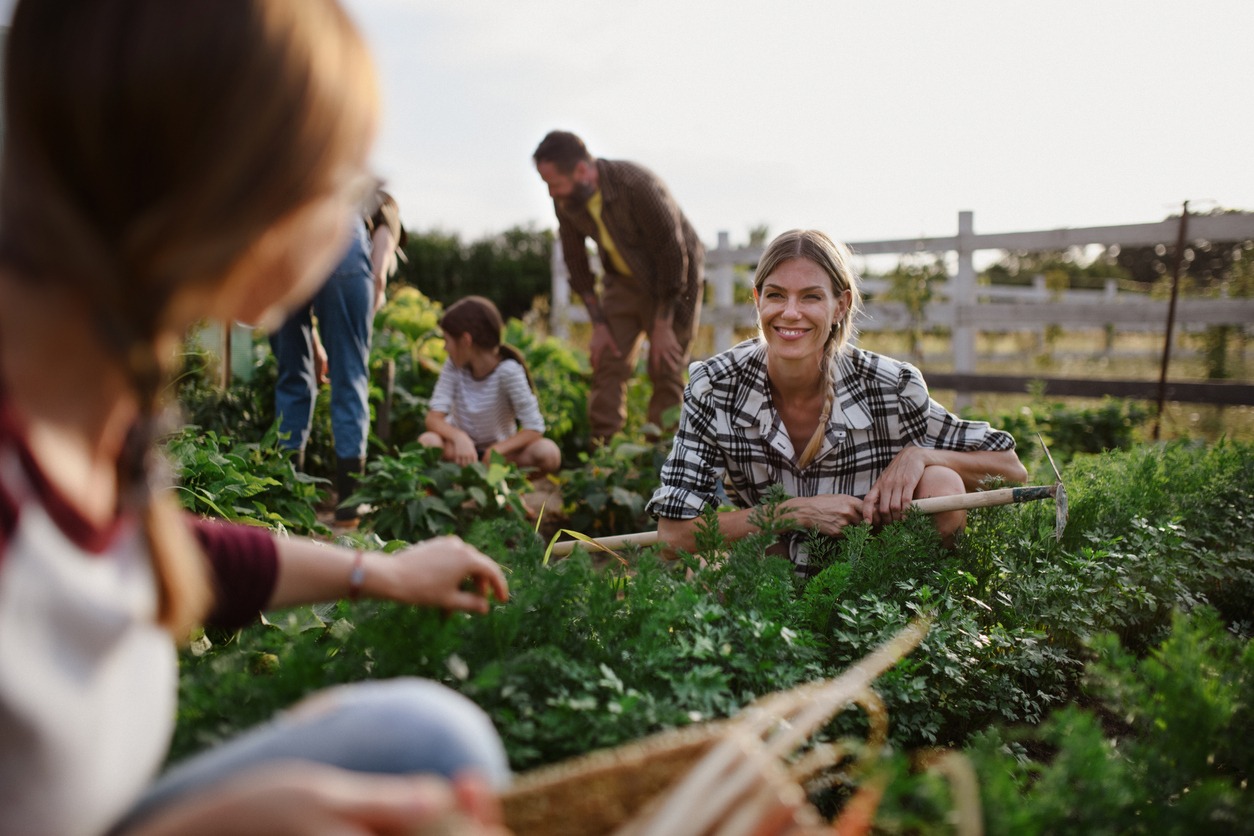
So, how do you decide where to homestead? It’s all about finding the right balance for your needs. Here’s what you should keep in mind:
- Climate: Do you want a long growing season? Four seasons? Or maybe sunshine all year? The climate will shape everything from what you grow to how you live.
- Land Affordability: Budget matters. Some states offer affordable rural land, while others might require a bigger investment.
- Laws and Regulations: Homesteading-friendly laws make a difference. Look for states with lenient homestead exemptions, supportive homeschooling rules, and reasonable zoning laws.
- Natural Resources: Think fertile soil, clean water, and renewable energy potential. These are the lifeblood of your homestead.
- Community: Homesteading is easier when you’re not alone. A supportive network of neighbors or local groups can make the experience much richer.
With these factors in mind, let’s take a closer look at the states where homesteading dreams come true.
Top States for Homesteading
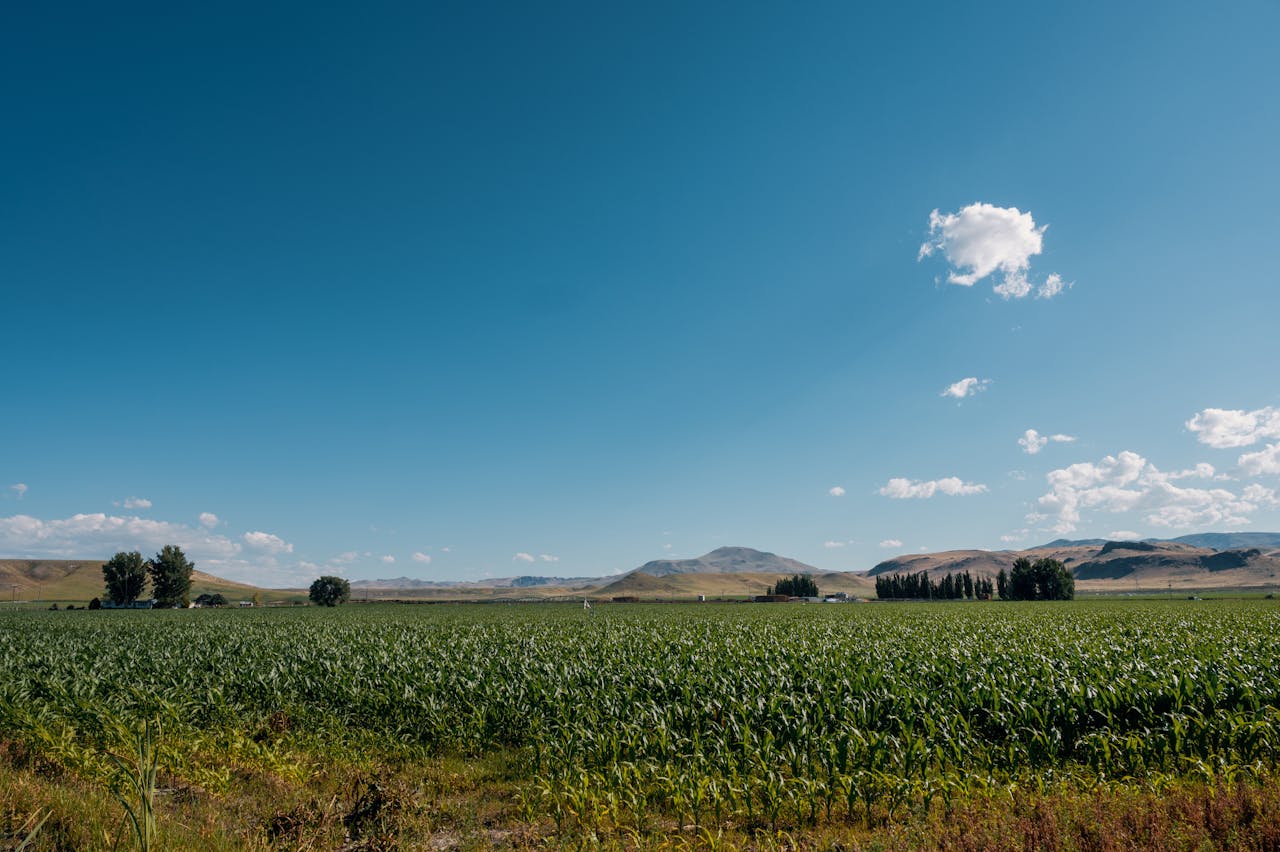
Some states have it all—affordable land, great weather, and supportive laws. Here are the top five states that consistently shine for homesteaders:
1. Idaho
Idaho remains a favorite for homesteaders thanks to its fertile soil, abundant water sources, and self-reliant culture. The state’s agricultural-friendly climate makes it easy to grow crops like potatoes, grains, and root vegetables. Homeschooling laws are relaxed, and renewable energy projects, particularly solar, thrive in Idaho's sunny climate.
Drawbacks: Land prices are rising, with rural parcels near towns costing $10,000–$20,000 per acre and smaller residential rural plots reaching $50,000–$70,000.
Best for: Independent-minded homesteaders looking for privacy and a supportive environment for agriculture.
2. Tennessee
Tennessee offers a low cost of living, a mild climate, and affordable farmland. Land in rural areas often costs $4,000–$12,000 per acre, making it accessible for new homesteaders. The state’s 200+ frost-free days per year allow for diverse crops, and USDA rural development grants support new homesteaders.
Drawbacks: Certain areas are prone to flooding, so researching flood zones is a must.
Best for: Families and new homesteaders seeking affordability, community, and an extended growing season.
3. Oregon
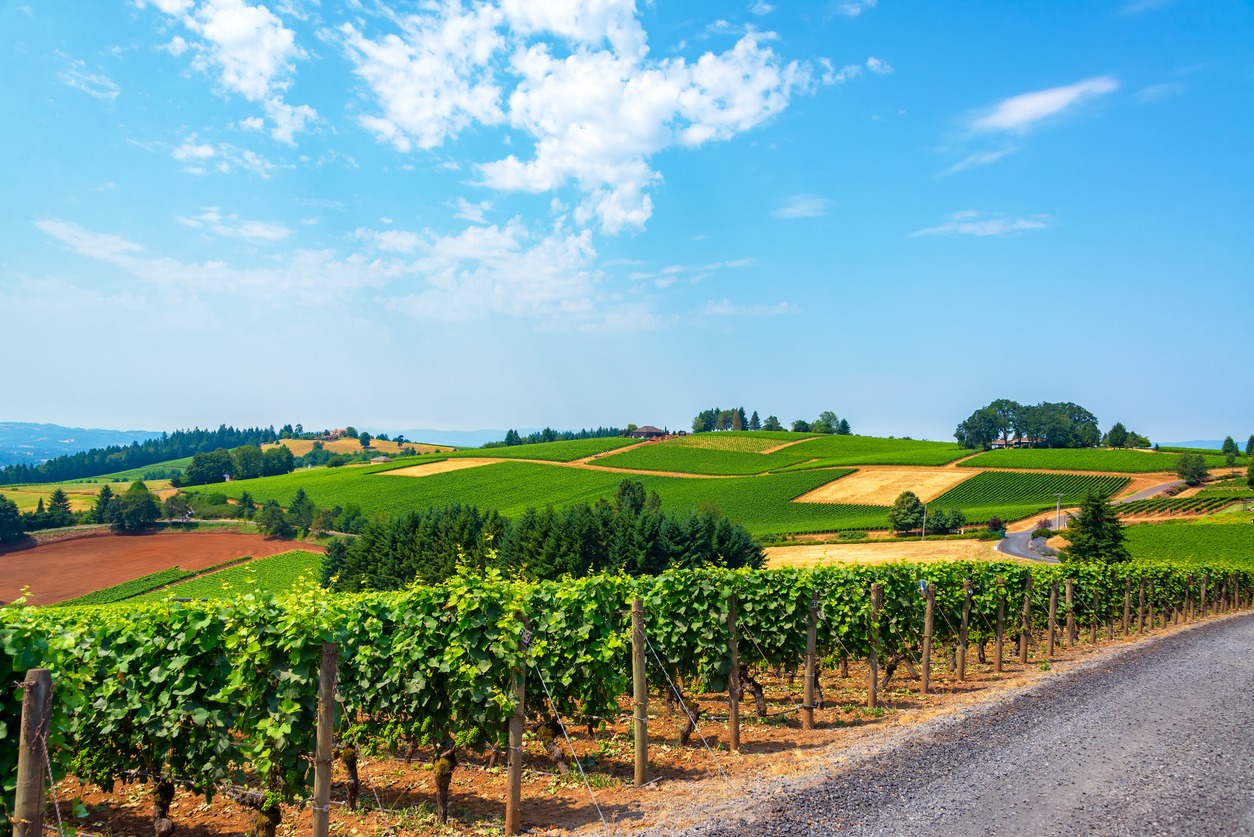
Oregon’s lush landscapes and abundant rainfall make it ideal for farming and raising livestock. With a $40,000 homestead exemption and tax incentives for renewable energy, Oregon supports off-grid living. Crops like berries, apples, and leafy greens thrive in its temperate climate.
Drawbacks: Strict land-use laws can make development challenging. Land prices range from $10,000 to $16,000 per acre in rural areas, depending on proximity to urban centers.
Best for: Homesteaders who prioritize sustainability and renewable energy.
4. Missouri
Affordable land, low property taxes, and lenient homeschooling laws make Missouri a practical choice for families. Land costs as little as $3,000 per acre in rural areas, and the state has a strong agricultural history, supporting crops like corn, soybeans, and wheat.
Drawbacks: Missouri’s location in Tornado Alley necessitates preparation for severe weather.
Best for: Families seeking affordability, flexible laws, and a supportive community.
5. Montana
Montana offers vast open spaces and some of the most generous homestead exemptions in the country, currently up to $393,702. Land costs between $1,000–$3,000 per acre in rural areas. The state’s short growing season (90–120 frost-free days) encourages efficient use of greenhouses and cold-hardy crops.
Drawbacks: Harsh winters and isolation can be challenging for newcomers.
Best for: Solitary homesteaders and those drawn to self-reliance in rugged conditions.
6. Kentucky
Kentucky is a gem for homesteaders, offering rich soil, plentiful water resources, and one of the longest growing seasons in the country—up to 210 frost-free days annually. The state is perfect for crops like tobacco, corn, and soybeans, and its mild winters make year-round homesteading more manageable. The land is also affordable, with prices ranging from $3,000 to $6,000 per acre in rural areas, making it accessible for beginners.
Homesteading in Kentucky is further supported by a strong agricultural tradition and a welcoming rural culture. Raising livestock is also straightforward, thanks to the state’s temperate climate and abundant pastureland.
Drawbacks: The state’s humid summers can bring challenges like pests and mold, requiring vigilance in crop management and storage.
Best for: Homesteaders looking for fertile land, a long growing season, and affordable rural property.
7. Texas
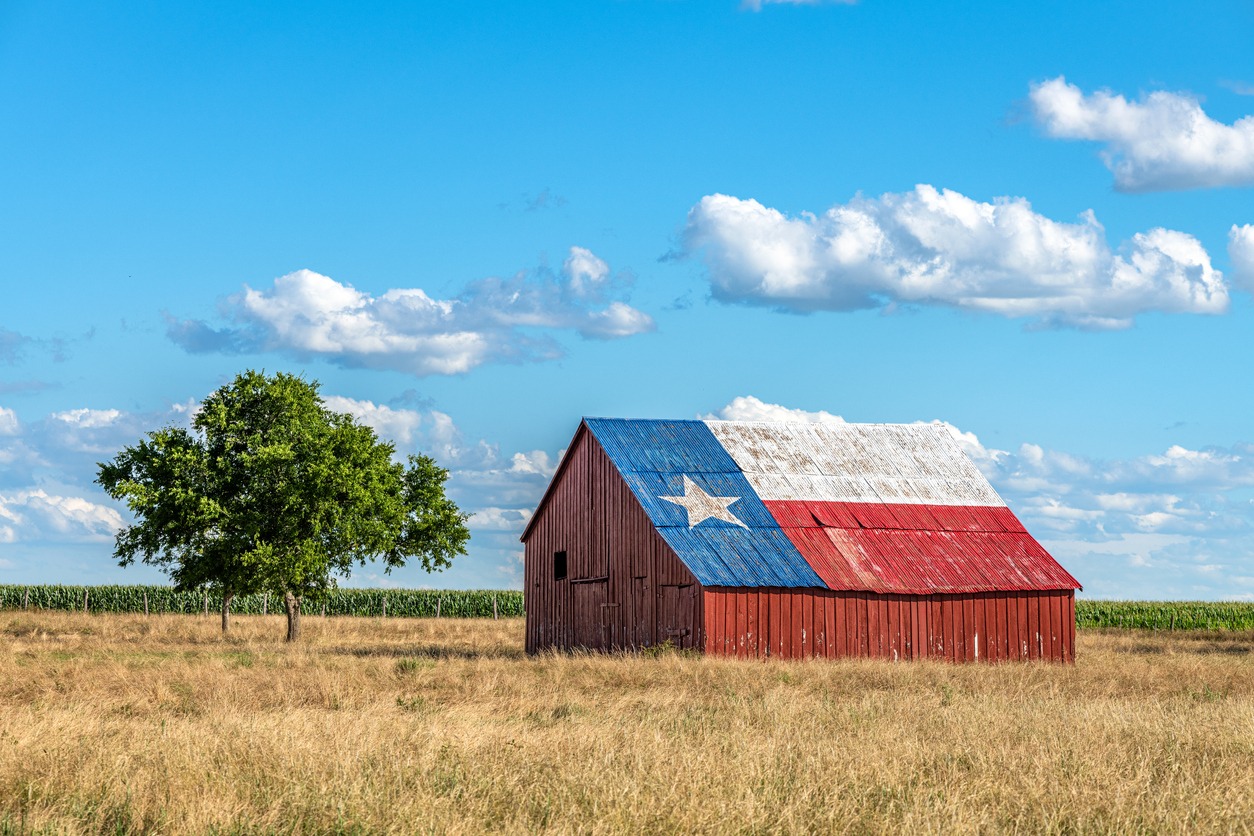
Texas offers vast open spaces and some of the most affordable rural land in the country, often costing less than $2,000 per acre in remote areas. The state’s diverse geography means homesteaders can choose environments ranging from humid subtropical regions in the east to arid desert climates in the west. This flexibility allows for a wide variety of crops, from corn and sorghum to drought-tolerant plants like mesquite.
Livestock thrives in Texas, especially cattle, with its large pastures and sunny weather. The state’s low property taxes and minimal zoning regulations further enhance its appeal to homesteaders. Texas also receives ample sunlight, making it ideal for solar energy projects.
Drawbacks: Water scarcity can be an issue in the western regions, and the state’s hot summers require irrigation systems and cooling measures for crops and livestock.
Best for: Large-scale homesteads or families seeking affordable land and climate diversity.
8. Kansas
Kansas is a homesteader’s dream, offering some of the most affordable farmland in the United States, with prices often under $2,000 per acre in rural areas. Known as the nation’s breadbasket, Kansas boasts fertile soil and a climate perfect for growing wheat, corn, and soybeans. Its wide-open spaces and flat terrain are also ideal for raising livestock like cattle and sheep.
Kansas has a long agricultural history, and its supportive rural communities make it easy for newcomers to integrate. The state’s central location means access to markets for selling surplus produce or livestock is convenient.
Drawbacks: Kansas is part of Tornado Alley, so homesteaders need to invest in storm-proof infrastructure and disaster preparedness.
Best for: Agricultural homesteaders and livestock farmers seeking affordable, fertile land and a strong farming tradition.
9. South Dakota
South Dakota offers vast open spaces, affordable land (averaging $1,500–$3,000 per acre), and minimal zoning restrictions, making it a top pick for homesteaders. The state’s agricultural roots and supportive legal environment create a welcoming atmosphere for new settlers. South Dakota’s climate supports hardy crops like wheat and corn, and its rolling plains are excellent for grazing livestock.
Renewable energy potential is high, especially for wind power, thanks to the state’s open, windy terrain. South Dakota also has a strong sense of community, with local organizations often supporting small farmers and homesteaders.
Drawbacks: Winters can be harsh, and the state’s wind exposure requires careful planning for infrastructure and livestock shelter.
Best for: Self-reliant homesteaders who value affordability, agricultural opportunities, and renewable energy potential.
10. North Carolina
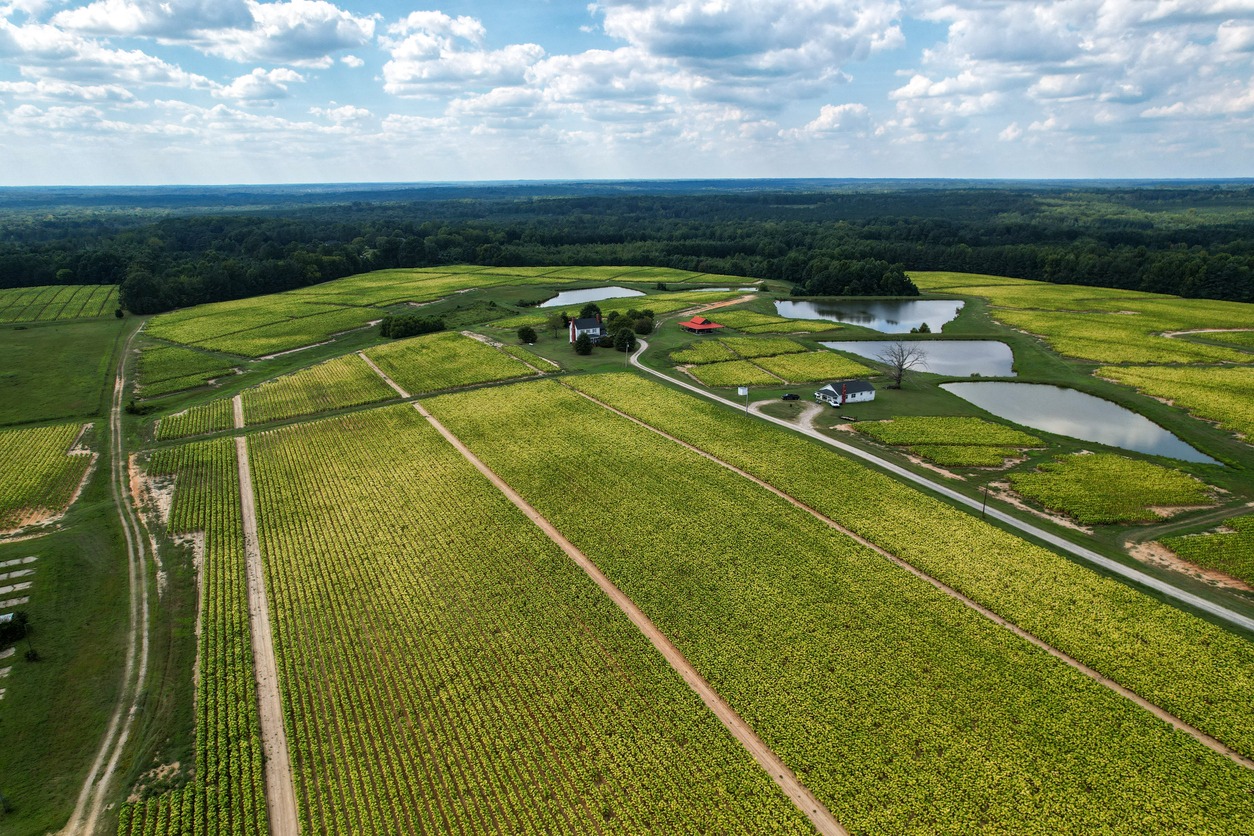
North Carolina combines affordability with a mild climate, offering year-round opportunities for homesteaders. Land prices in rural areas range from $4,000 to $8,000 per acre, and the state’s diverse geography allows for a wide variety of homesteading ventures. From the fertile coastal plains to the resource-rich Appalachian foothills, North Carolina is ideal for growing crops like sweet potatoes, soybeans, and tobacco.
Livestock also thrives here, and the state’s long growing season ensures ample harvests. Its strong rural communities and cooperative extension services provide resources for new homesteaders.
Drawbacks: Some areas, especially near the coast, are prone to hurricanes and flooding, requiring careful site selection and preparation.
Best for: Homesteaders seeking a balance of affordability, a mild climate, and agricultural diversity.
Legal and Regulatory Landscape
Some states make it easier to homestead than others. Oregon and Montana, for example, offer substantial homestead exemptions, protecting your property from creditors. Meanwhile, Idaho has some of the most relaxed homeschooling laws, giving families the freedom to educate their children at home.
Rainwater collection laws vary. States like Oregon and Idaho actively encourage it, while others, such as Colorado, impose restrictions. Always research local regulations before committing to a location.
Affordable Land, Big Dreams
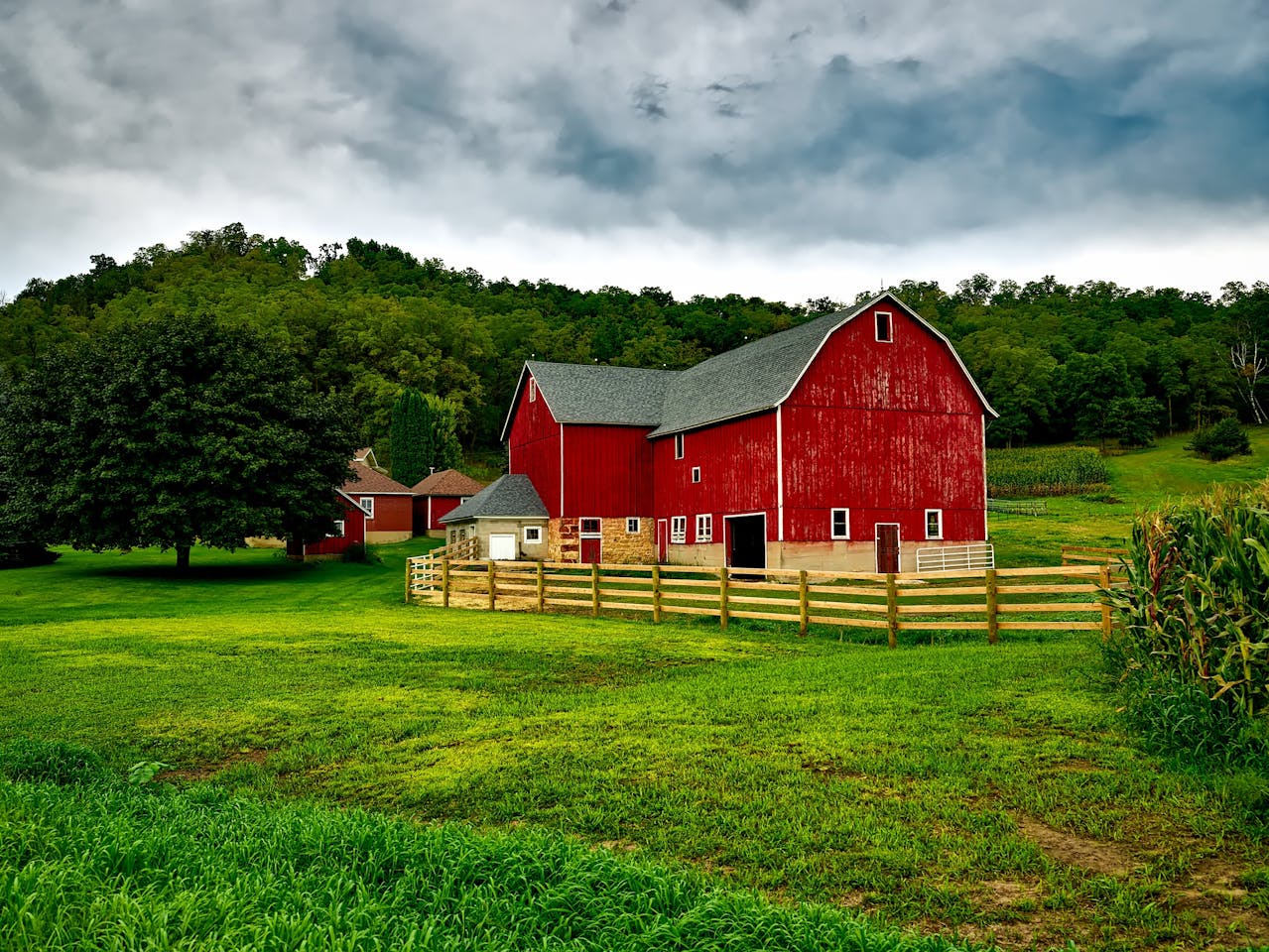
Land is the foundation of your homestead, and affordability is key. States like Texas and Kansas are known for their inexpensive land, often under $2,000 per acre in rural areas. Montana offers vast spaces at $1,000–$3,000 per acre, while Tennessee strikes a balance between cost and livability.
Don’t just look at price—consider the quality of the land, its proximity to water, and how well it suits your homesteading goals. Visiting the area in person can help you make a more informed decision.
Building a Supportive Community
Homesteading can feel isolating, but it doesn’t have to be. Many states have thriving homesteading communities where you can connect with like-minded individuals. Look for local groups, cooperative extensions, and online forums. Sharing tips, swapping goods, or simply chatting with others who understand your lifestyle can make all the difference.
Conclusion
Homesteading is a journey of self-discovery, hard work, and immense reward. The best state for your homestead depends on your personal goals and priorities. Whether you’re drawn to Idaho’s rugged independence, Tennessee’s affordability, or Montana’s wide-open spaces, there’s a place out there for you.
Take the time to research, visit potential sites, and imagine your life in these environments. With the right state and a little planning, you’ll be well on your way to living your homesteading dream.

